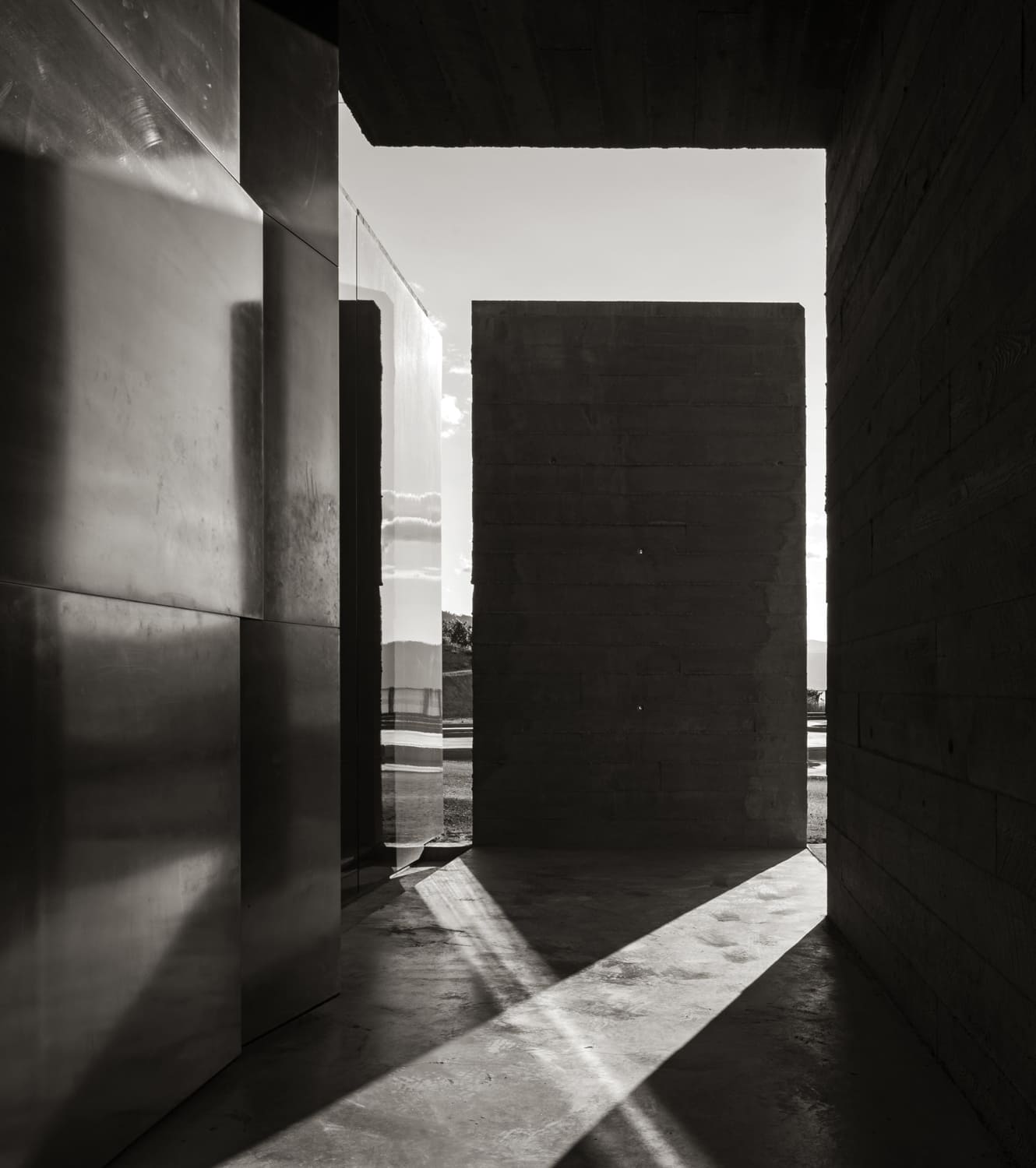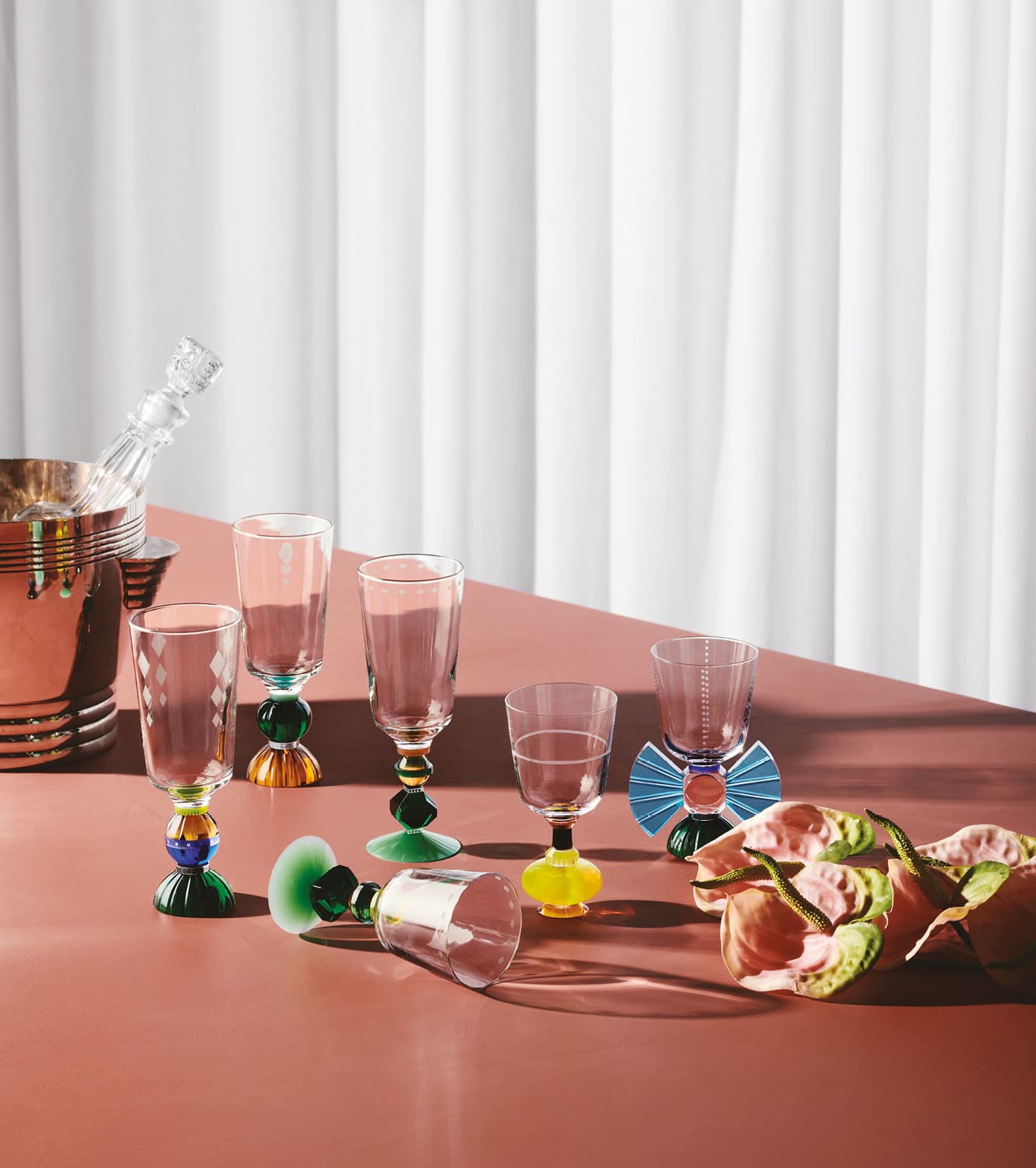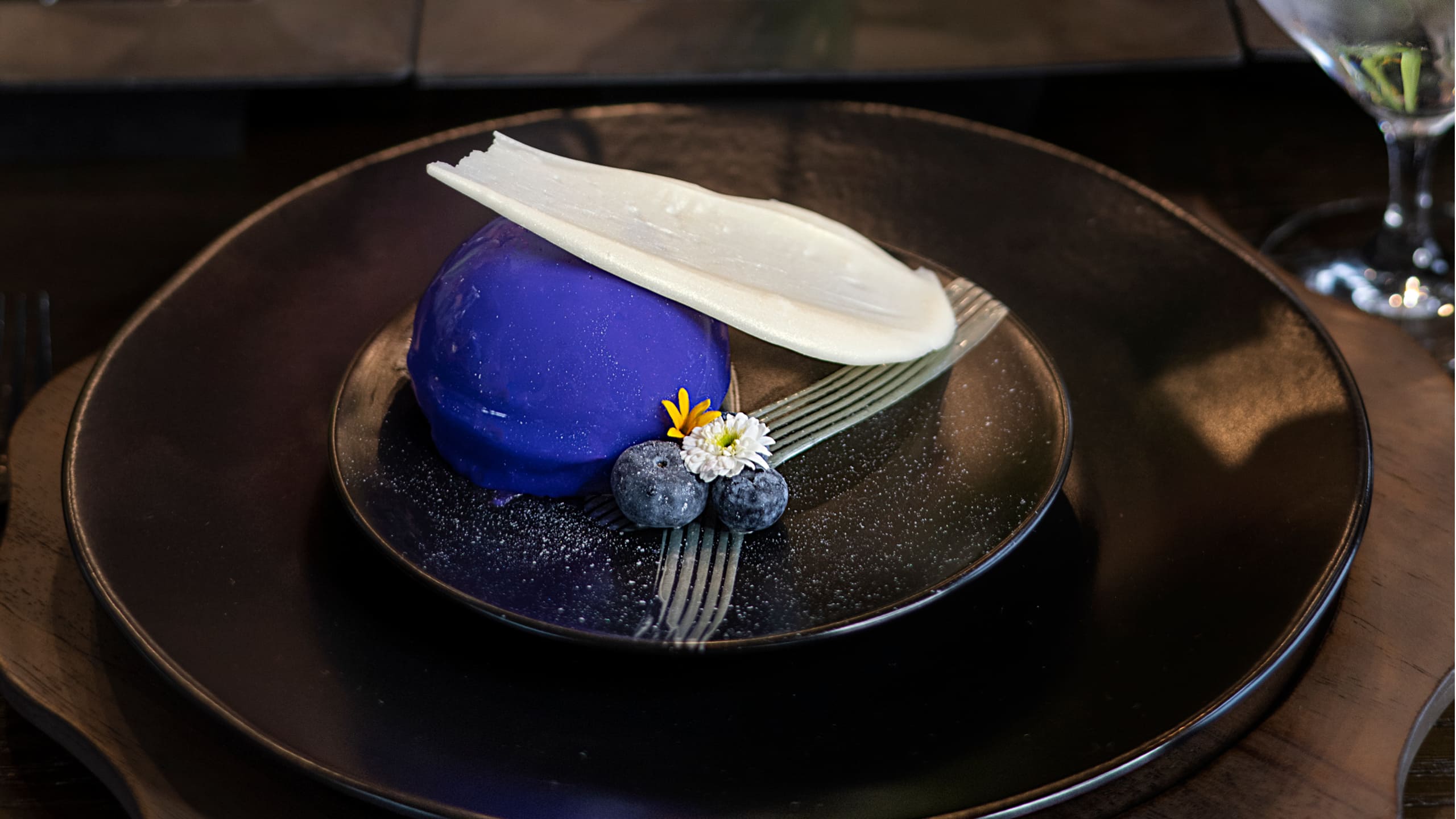
ART ON A PLATE
Crisp tablecloths are replacing traditional white gallery walls, writes Gabriela Garcia, as chefs bring storytelling to life through carefully considered, beautifully presented dishes
As food connoisseurs, we’re no strangers to the culinary art of plating a dish to its most appealing aesthetic. From crispy halibut skin architected atop an airy mousse to morel foam resembling fluffy clouds, artistic presentation can significantly enhance a dish’s desirability. “People eat with their eyes before they eat with their mouths,” explains chef Serge Krikorian of Arkansas’ Vibrant Occasions. “That is why it is vital that food be presented beautifully.”
But the connection between food and art goes deeper than just the visual appeal of a dish. Many chefs today use their culinary creations to explore themes and ideas traditionally associated with art as a way of storytelling the journey of food. By incorporating unusual ingredients, experimental techniques, and unexpected flavors, these chefs are pushing the boundaries of what is possible in the food world and inspiring new generations of foodies and chefs alike. From Ferran Adrià’s avant-garde approach to cooking to Dominique Crenn's poetic, art-inspired cuisine, these culinary artists are challenging our perceptions of what food can be and demonstrating the power of creativity and innovation in the kitchen.
Like artists, chefs often draw on their personal experiences, memories, and cultural backgrounds to create dishes rich in symbolism and meaning. “Food is not just for fuel anymore,” shares Krikorian. “Food is art – the creativity chefs exhibit comes from the same place that music comes from musicians or fashion from designers. To chefs, food equals love, and every time they put themselves out there by presenting their dishes, they put a part of their heart on the plate and risk its acceptance or rejection, just like any other artist.”
Art of all kinds relies on the principles of balance, proportion, and harmony to stir the senses. In the culinary world, these elements work cohesively to curate what Kirkorian calls couture cuisine. “A dusting of powdered sugar across a plate or a carefully-placed flower bud can be compared to details of a garment such as hand-beading or custom embroidery design. At the end of the day, the amount of thought put into the details of anything creative produces an interesting final product.”
One such culinary artist who puts a lot of thought into her compositions is Laila Gohar. The Egyptian-born, New York-based visual artist works with food as her creative medium to elevate often humble ingredients. Her culinary canvases are often large-scale installations and sculptures made entirely from food, such as a towering pile of fresh lemons or a wheat field made from spaghetti strands. She also creates intricate, multi-course meals designed to be experienced as a sensory journey, with each dish building on the flavors and textures of the one before it.
Gohar’s work could be viewed as continuing the conversations of the Dadaists and Surrealists of the early 20th century. Much like the European avant-garde, her work seeks to disrupt conventional ways of thinking about food, its presentation and how it’s experienced, using surprising combinations of ingredients, texture and colors. In a recent commission for Prada, she organized patterns of radishes that resembled precious stones, while for Simone Rocha, she created cakes made of candle wax and oyster shells bursting with glistening pearl earrings. She’s also known for her signature koi-shaped Champagne jelly centerpiece with a single rose nestled inside, which adorns many of her creations.
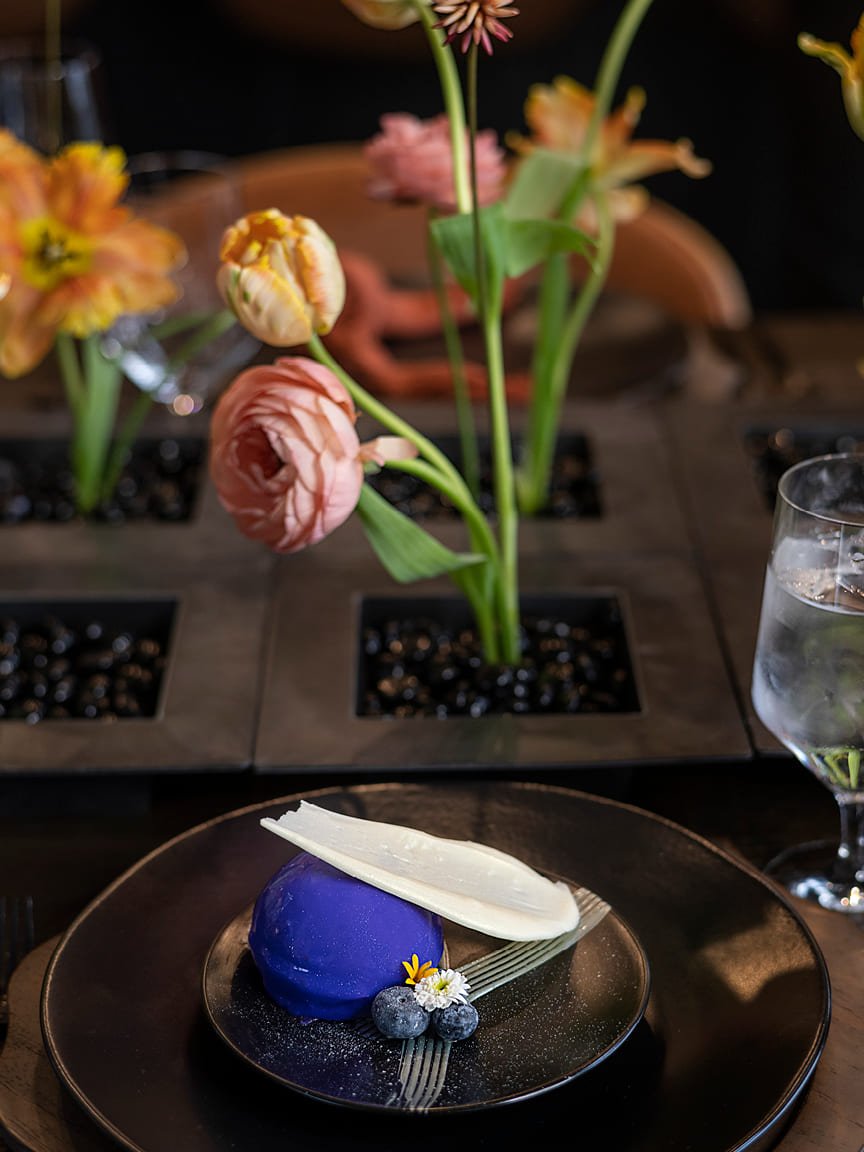
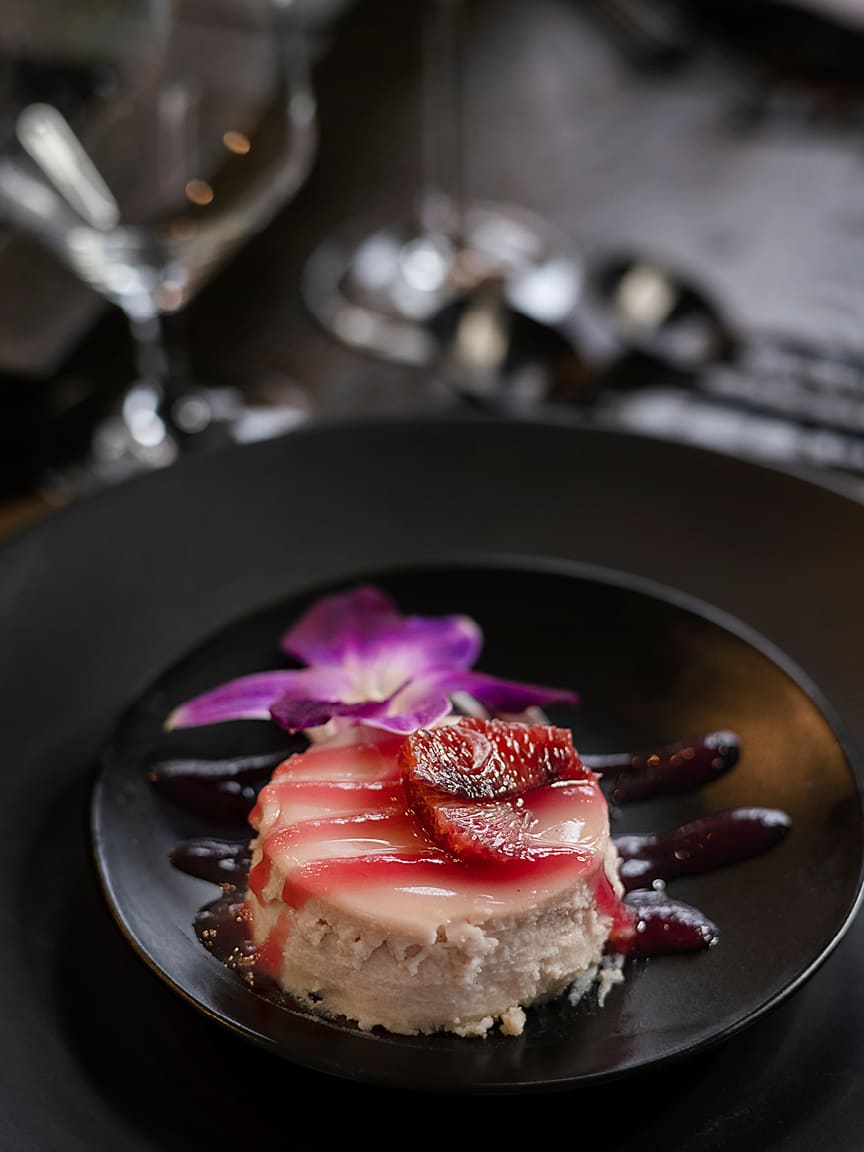
Chef Serge Krikorian of Arkansas’ Vibrant Occasions' artistic dishes
Photography ©Lori Sparkman, Krikorian
Many chefs today use their culinary creations to explore themes and ideas traditionally associated with art as a way of storytelling the journey of food
Such examples have also led to comparisons to the fashion designer Elsa Schiaparelli. Like Schiaparelli, Gohar is interested in pushing the boundaries of what is considered acceptable in her field, using non-traditional materials to create memorable and visually striking installations.
Elaborate food displays can also act as a conversation starter in parties or indeed exhibitions. As part of Fuorisalone at this year’s Milan Design Week, designer Faye Toogood’s “Esquisses” collection of tables, armchairs, rugs and throws for Maison Matisse were displayed playfully alongside an edible installation of charcoaled bread sticks, goat cheese, and fresh peas in a pod.
So why has cuisine been turned into such a creative medium? Perhaps today, people want their food to tell a story. As food becomes increasingly commodified thanks to fast food chains and pre-packaged meals, there is a desire for something more. Social media and reality television give consumers a behind-the-scenes look into innovations and techniques in the kitchen, while the likes of Yelp and OpenTable have suddenly turned everyone into a critic. In a world where everyone carries a camera on their phones, “creating Instagramable works of art is imperative to the growth of your brand,” explains Krikorian.
Many chefs and food artists have begun to blur the line between cuisine and art and explore themes such as identity, culture, and social justice through the lens of cuisine. Asma Khan does this exceptionally well. The London-based chef (and star of Netflix's Chef's Table) explores migration and identity through her food by showcasing the dishes of her childhood in India, many of which have been passed down through generations of women in her family.
Khan also uses food as a way to build community and connection. Many of the dishes she serves at her restaurant, Darjeeling Express, are to be shared family-style, encouraging diners to interact with each other and build connections. This approach reflects the chef’s belief that food can bring people together across cultural and geographic boundaries and create a sense of belonging and connection in a world that can often feel divided.
By creating visually stunning and emotionally resonant dishes, culinary artists can capture diners’ imaginations and make a lasting impact beyond the mere act of eating. In this way, food art represents a powerful and transformative way of fostering social connections. Just as a museum or gallery can be a place for people to gather and engage with art, a restaurant or kitchen can be a place for people to gather and engage with food. Both offer opportunities for social interaction, conversation, and the sharing of experiences. “From a return to rustic plating to simple elegance, to over-the-top futuristic plating with molecular gastronomy, chefs are putting their art on the plate in so many different ways,” shares Krikorian, and will continue to do so for generations to come.
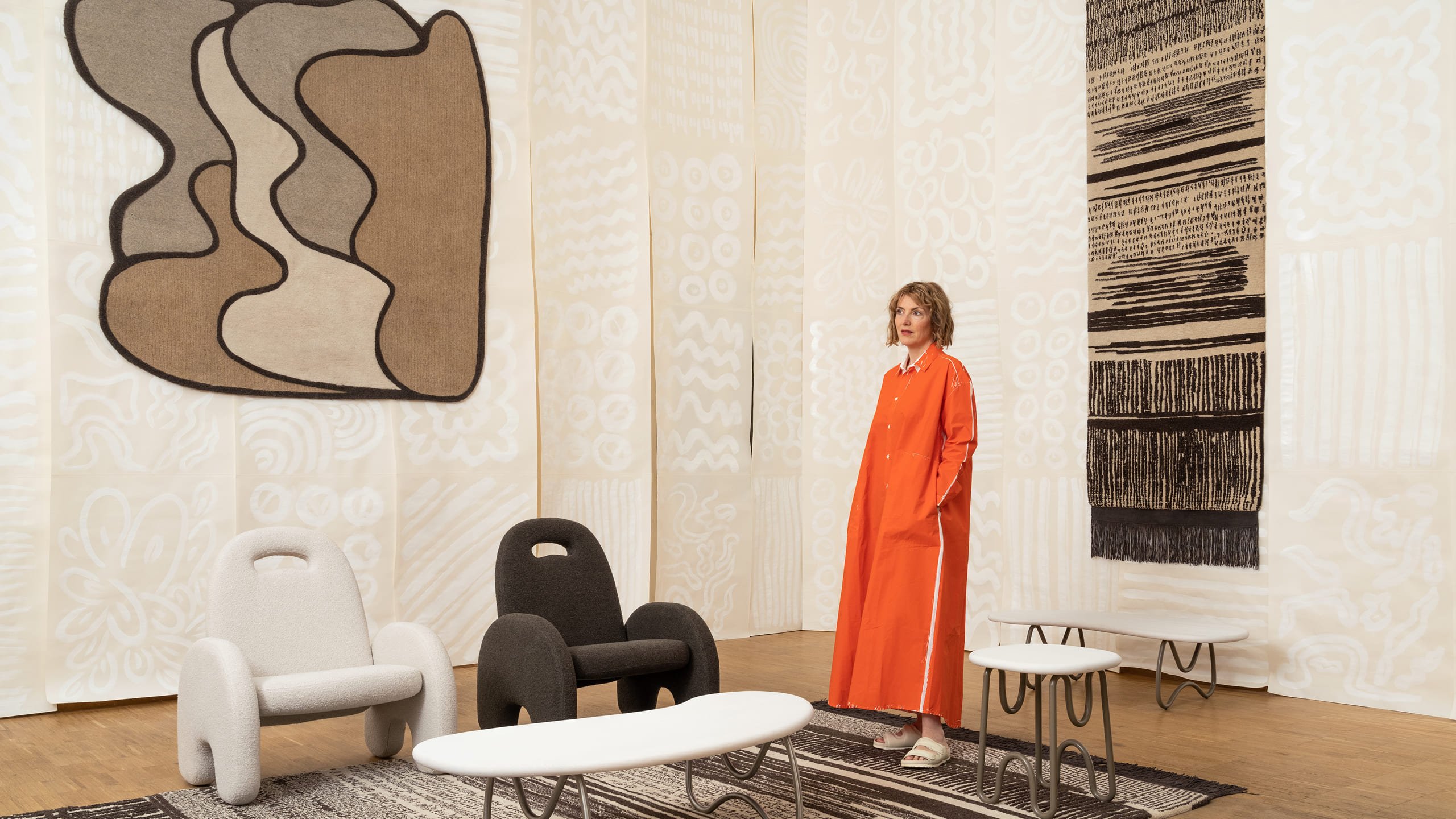
Above and below, Faye Toogood’s "Esquisses" collection for Maison Matisse at Milan Design Week 2023 featured an edible food installation
Toogood x Maison Matisse: food ©Spinach and portraits ©Delfino Sisto Legnani ©Genevieve Lutkin
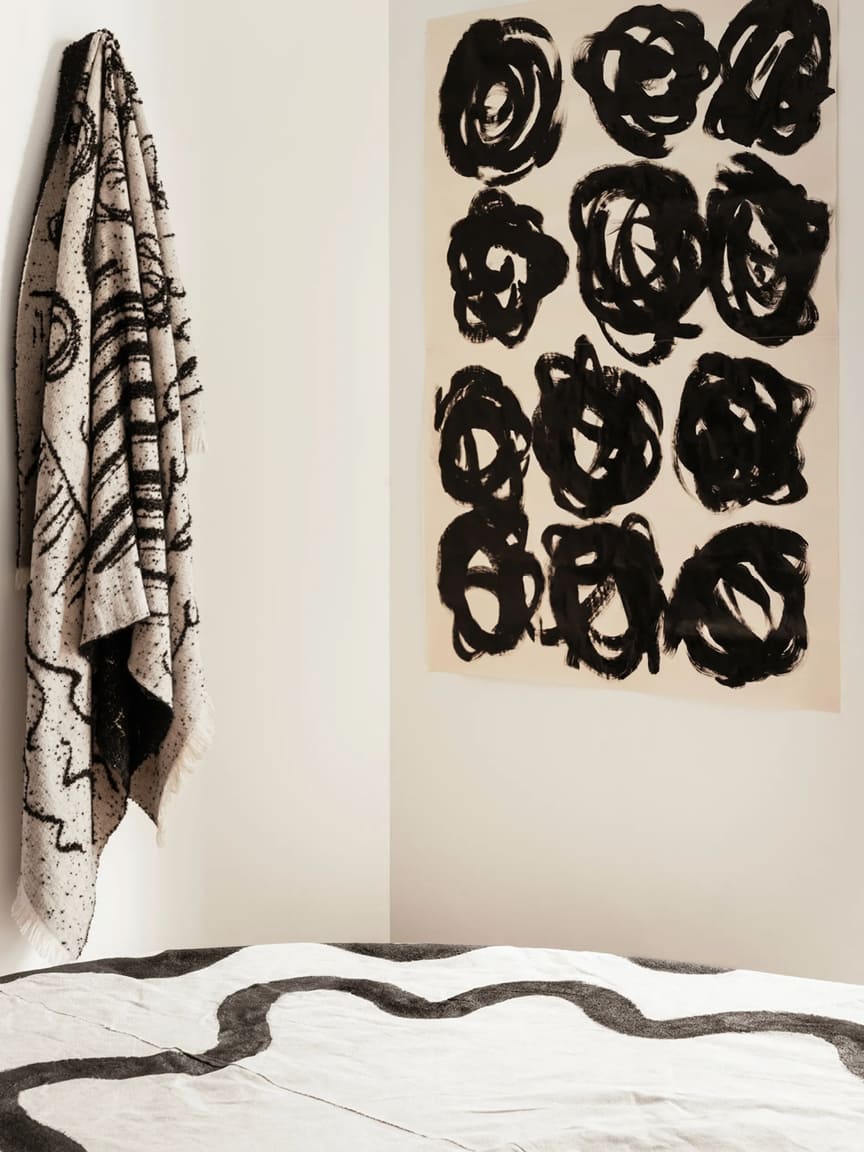
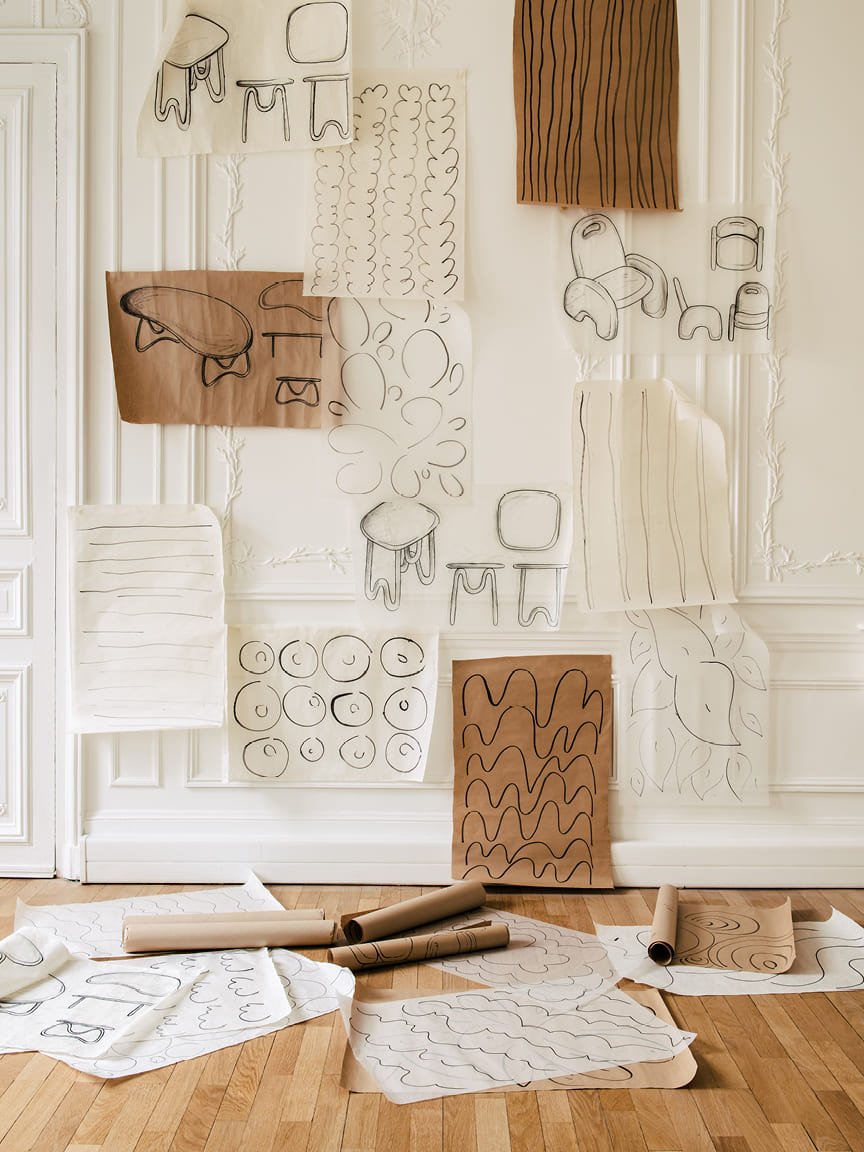
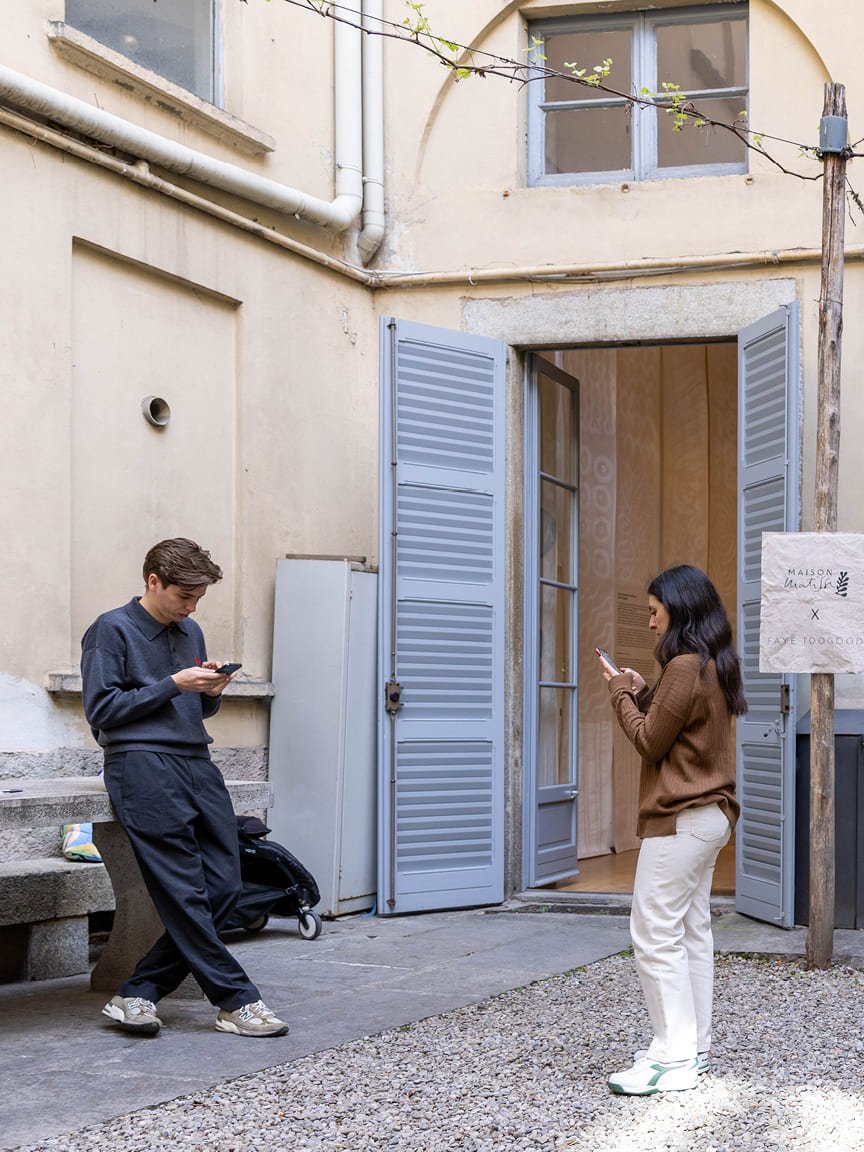
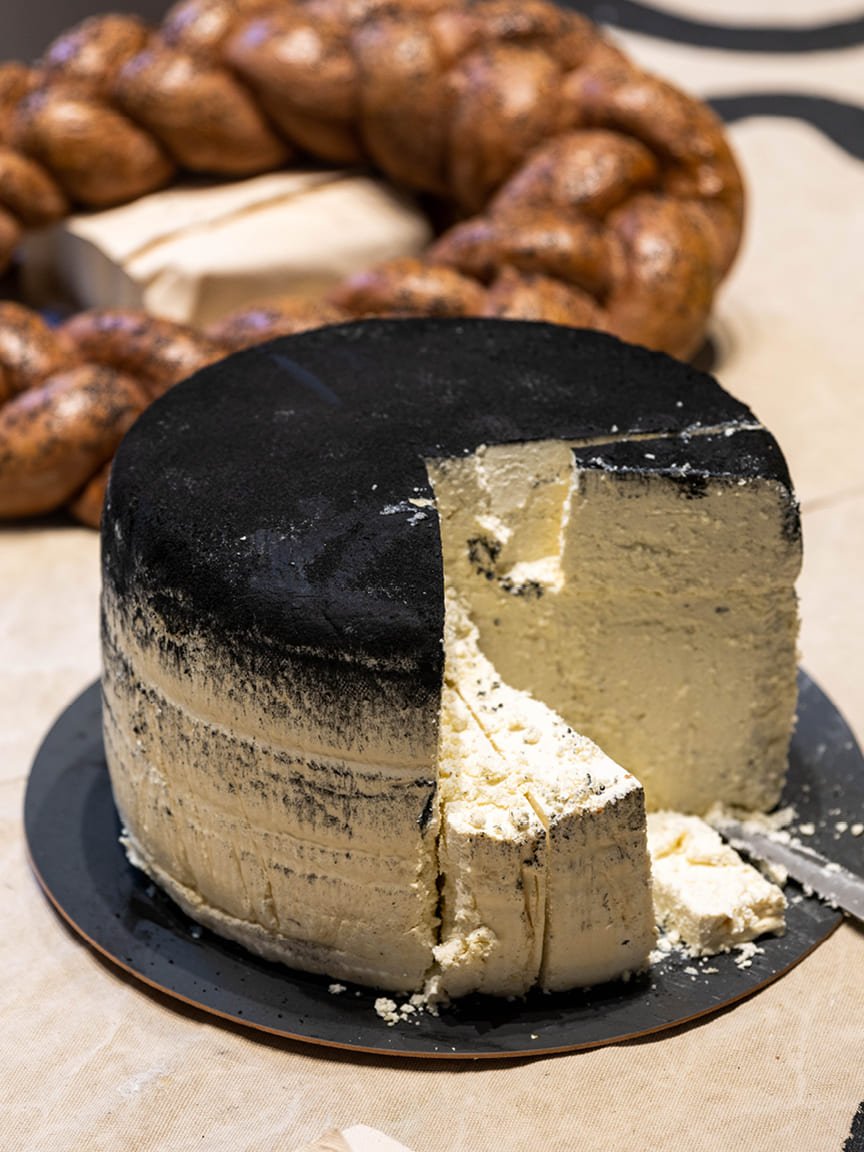
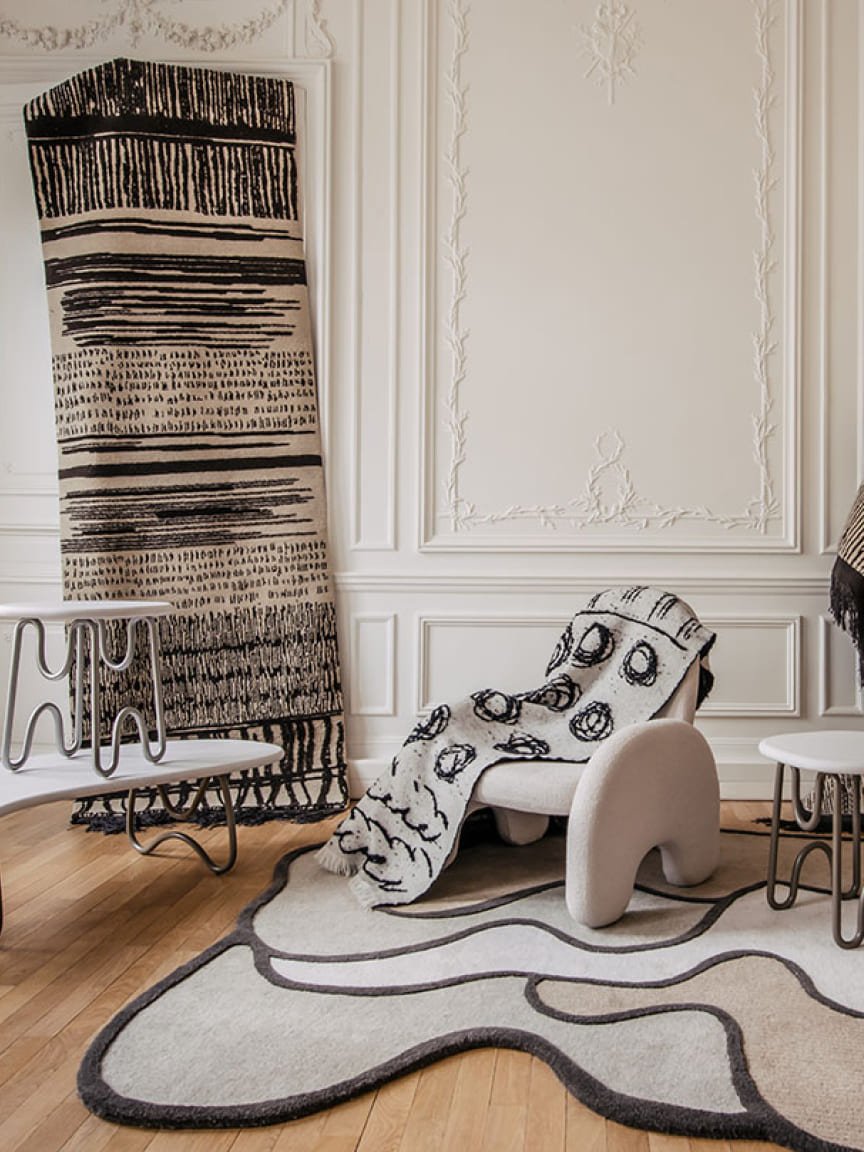
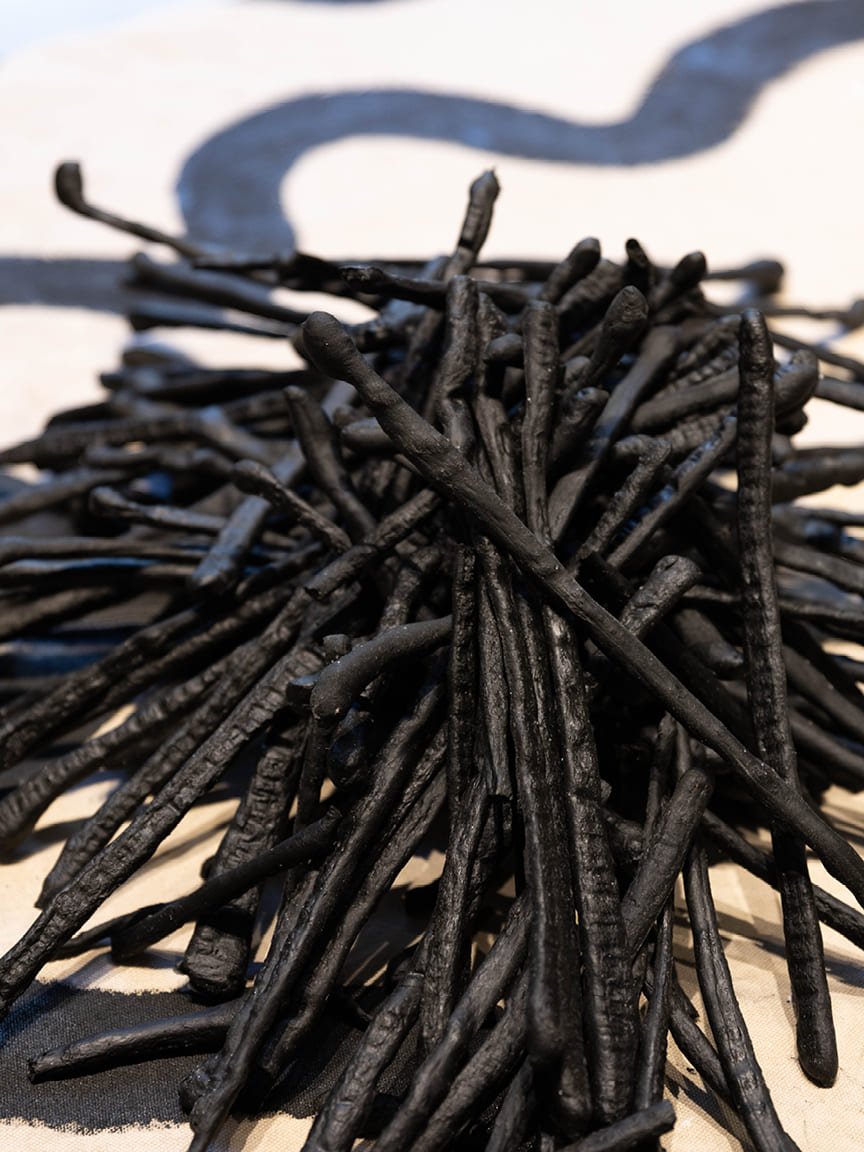
We recommend
THE ARCHITECTURE OF WINERIES
Can architecture fundamentally alter our wine experience? Some of the world’s finest wineries believe that building design can, as Jonathan Bell takes a tour
THE WHIMSICAL AND COLLECTABLES: DISCOVER THE LATEST IN GLASSWARE DESIGN
New generations are challenging traditional drinking etiquettes, as Debika Ray investigates the modern world of glassware
DOORS OF PERCEPTION
John Irwin delves into the art of wine talk and explores how our individual cultural backgrounds influence how we see the world – and taste it
WHERE THE ART IS
Do unusual venues and experimental curations set culture free to be explored in new and exciting ways, and by a wider public? Nargess Banks investigates

